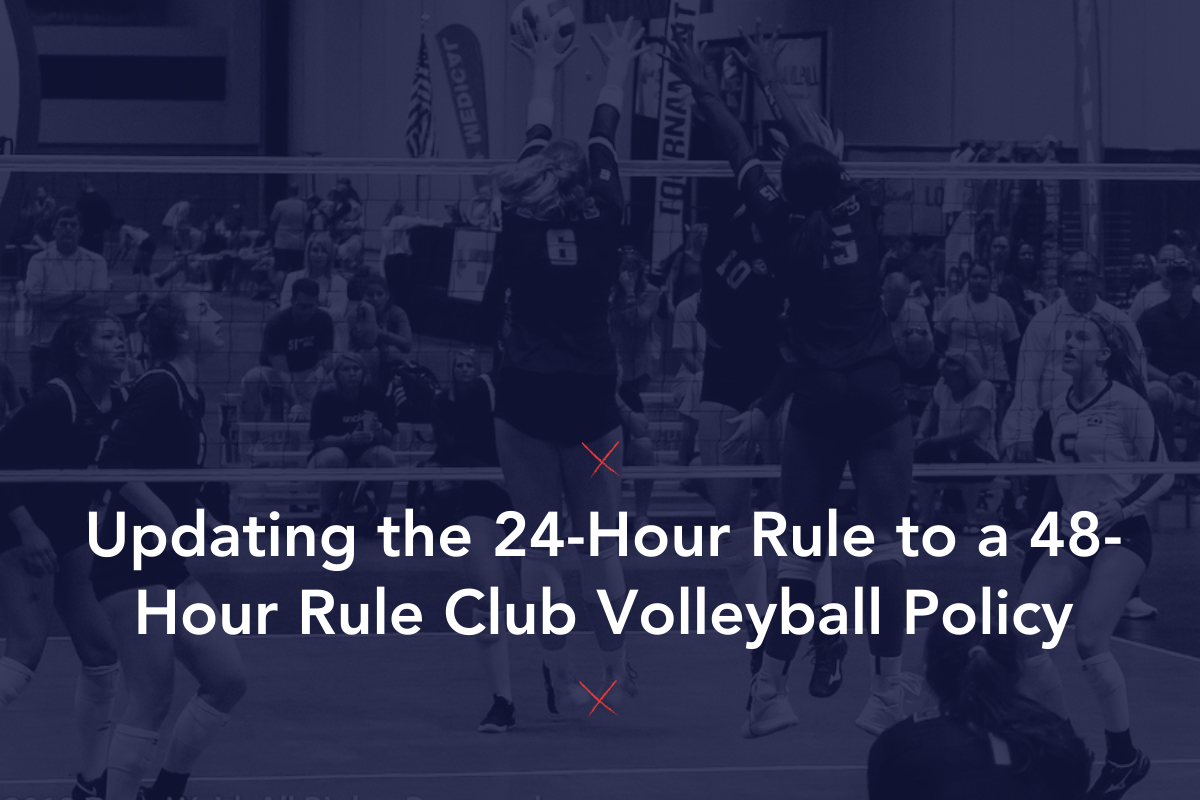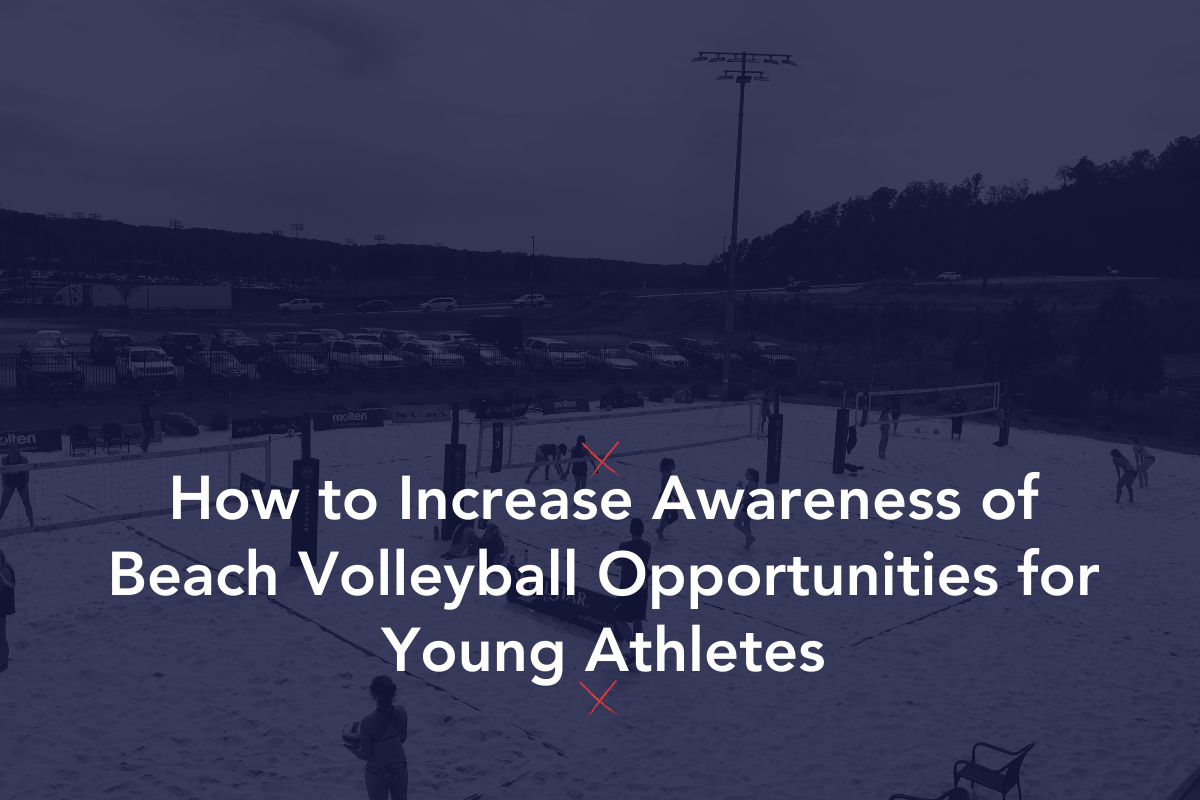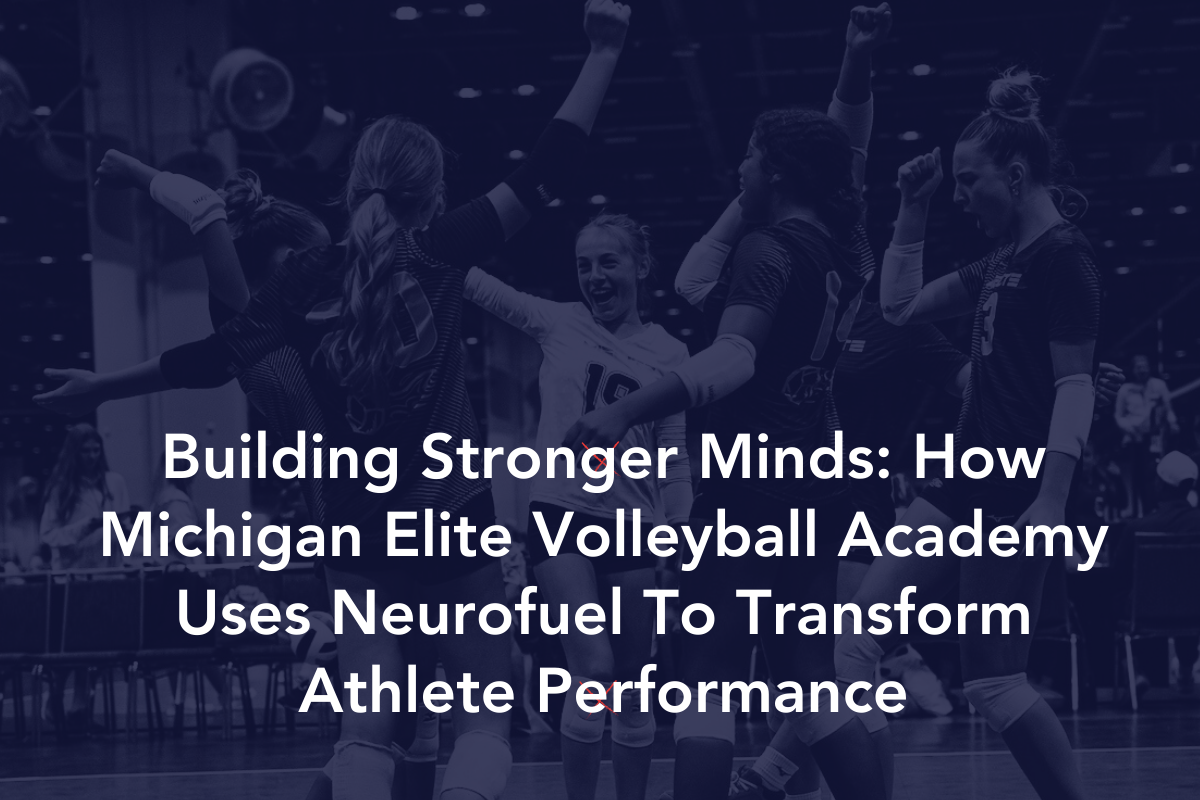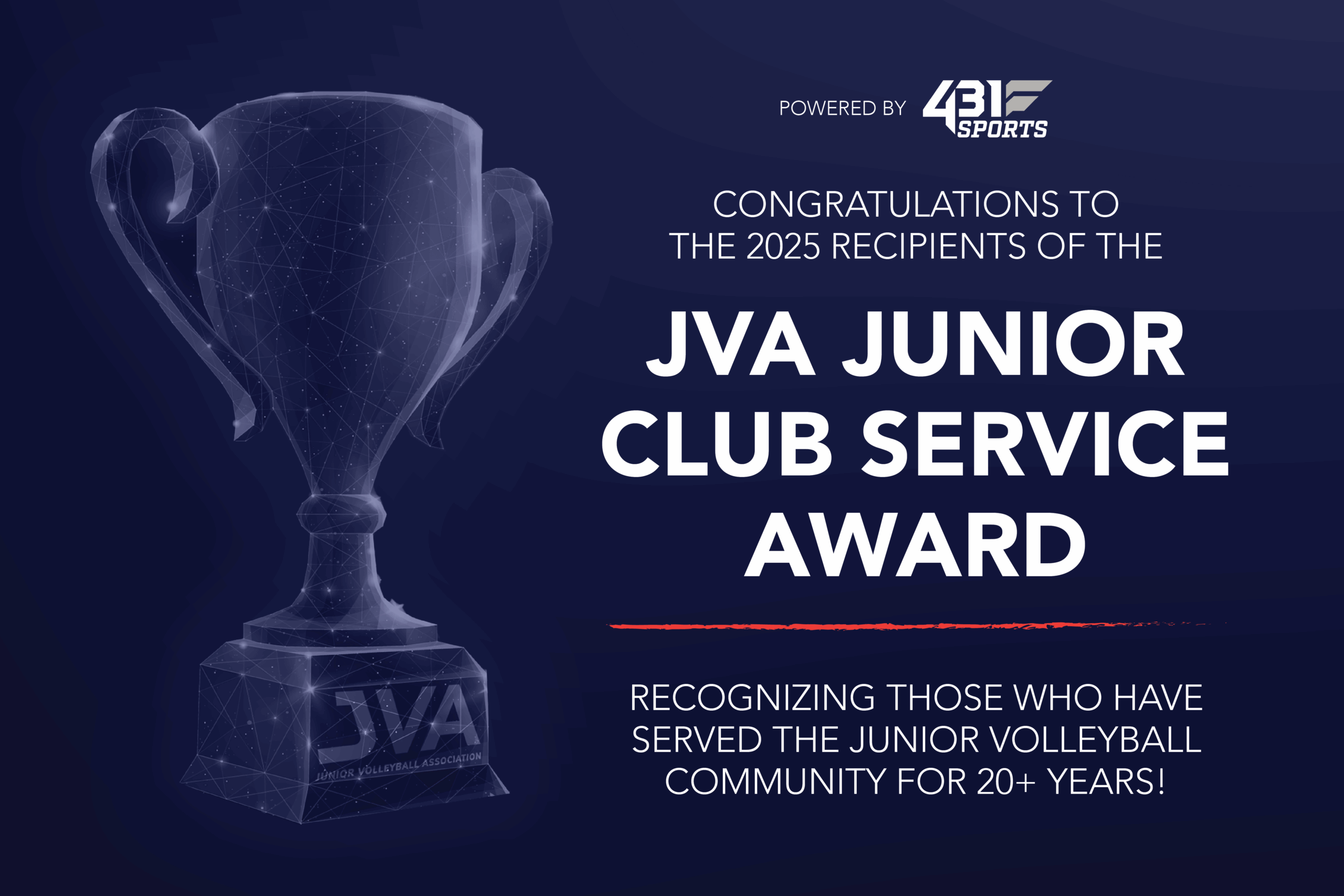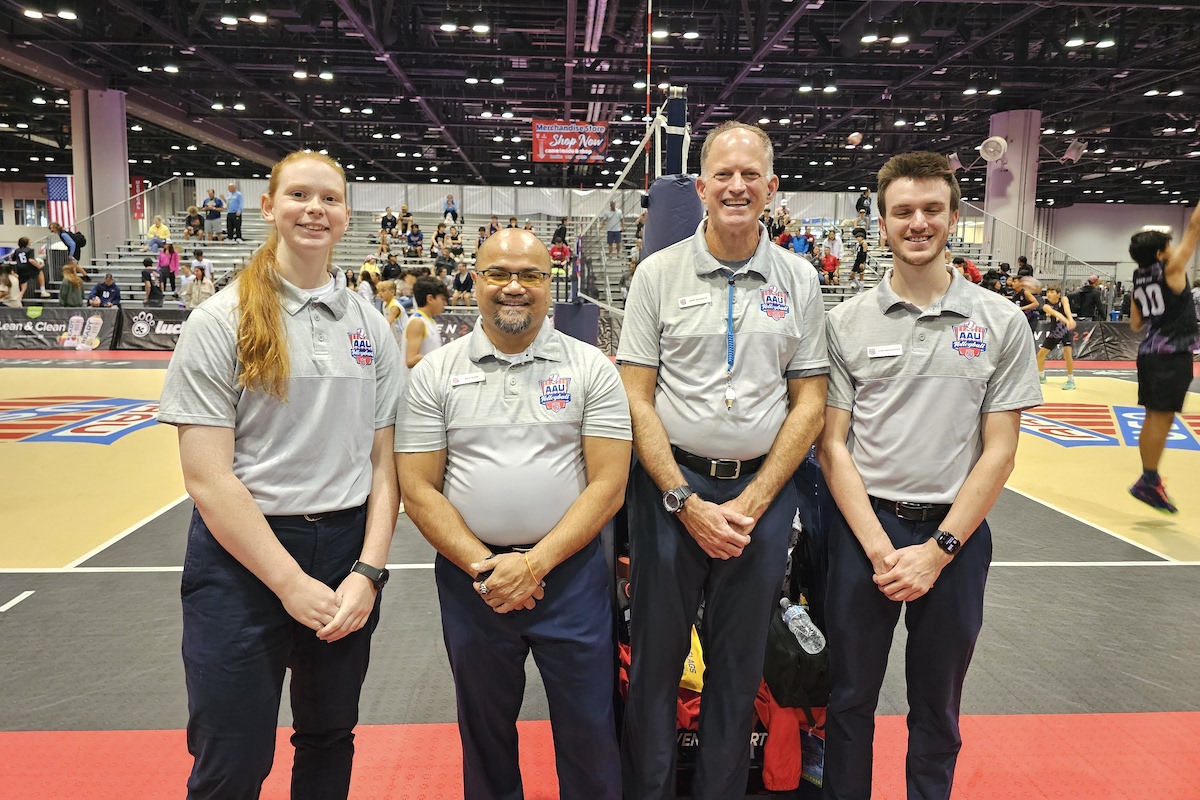Keeping stats in volleyball at any level, indoor or beach, can be very useful in tracking improvement and determining the focus of practices. While win-loss records can be the result of improvements in skill, there are many incremental skill improvements that can only be measured through stats. Tracking just 4 key skills can provide a very clear direction to focus your beach training.
Passing
First ball contact is the obvious place to start, and in beach, this contact is extremely important as the rally can end very quickly with poor ball control. A beach volleyball coach can track each player’s receive and serve rating.
Ratings are ranked as follows:
Perfect Pass = 3 corresponds to a 1 rated Serve
Good Pass = 2 corresponds to a 2 rated Serve
Poor Pass = 1 corresponds to a 3 rated Serve
Passing Error (no return) = 0 corresponds to a 4 rated Serve or Ace
Goals for each player should be:
1. Limit Your Error Passes: A missed pass is an immediate loss of a point. It also correlates to losing more than a high pass rating correlates to winning.
2. Ace Serves: As your players learn to serve tougher, they will be forced to pass better. So this is a double sided benefit.
Serving
Serve values in the high 2s or better should be a target with less than 10% service errors. The beauty of taking stats is that your player’s improvements will be incremental but measurable. Going from 2.4 to 2.5 will be unnoticeable to the eye but a good improvement step. Going from 2.4 to 2.8 will have clear visual cues as ace counts will go up and are easy to see. If your players can improve by 0.10 every two weeks, they will show a significant improvement throughout a summer of beach play.
Serve receive ratings work the same way. 0.10 incremental improvements are impossible to “see” but are easy to track in stats. Steady 0.10 improvements can take a mediocre passing team to average, then to good control. But once again, it’s hard to see but easy to track.
Digs
The next stat to track are digs. The goal should be to get to the a 70% average range or higher. Again, small incremental gains in the 2% range are impossible to “see” but easy to track. Gradual improvement will lead to significant overall improvement over a season of play. It’s very encouraging for players to see these improvements. It’s like your grades in school going from a C+ to a B-, then to a B, B+ and A-. We know the difference between a C vs an A student. The same applies for volleyball skills tracked through stats.
Attacking
Attacking is the last of the four stats to track and one of the more difficult skills to improve upon, since it’s very hard to elevate high enough to hit down on the sand. So attacking in beach volleyball is more about placement, and improving this skill can be very difficult without first dramatically improving passing, defense and ball control.
Once again, incremental improvements are key to keeping your players encouraged. Instead of looking at hitting efficiency, it’s much easier for the players to understand and control hitting error rates and kill percentages. Try to keep your hitting errors below 10% and kill rate to 30% to begin.
All of these stats are easy to track using a clipboard with rows and columns as you can see below:
Table here – rows as player, columns are stats,

Or your can do this electronically using SoloStats Touch. In “grid layout” SoloStats Touch works just like and electronic clipboard and all you need to do is tap in the cell. Try it for free at the iTunes or Google Play app stores.

For related reading for beach coaches click HERE. For more junior beach coaching education click HERE.
About the Author
Kyle Mashima played collegiate volleyball at Stanford University in the mid-70s and was the last student coach before the program moved to full varsity status. He is an active club coach and is CAP 1, 2 and GMS certified. He has taught numerous seminars/webinars for the AVCA, USAV, JVA and the Art of Coaching Volleyball. He has also written articles for USA Volleyball and Coaching Volleyball Magazines. He is the founder of Rotate123/SoloStats123 and has spent 30 years in Silicon Valley as a software entrepreneur.
If you have questions you can reach Kyle at kyle@rotate123.com





